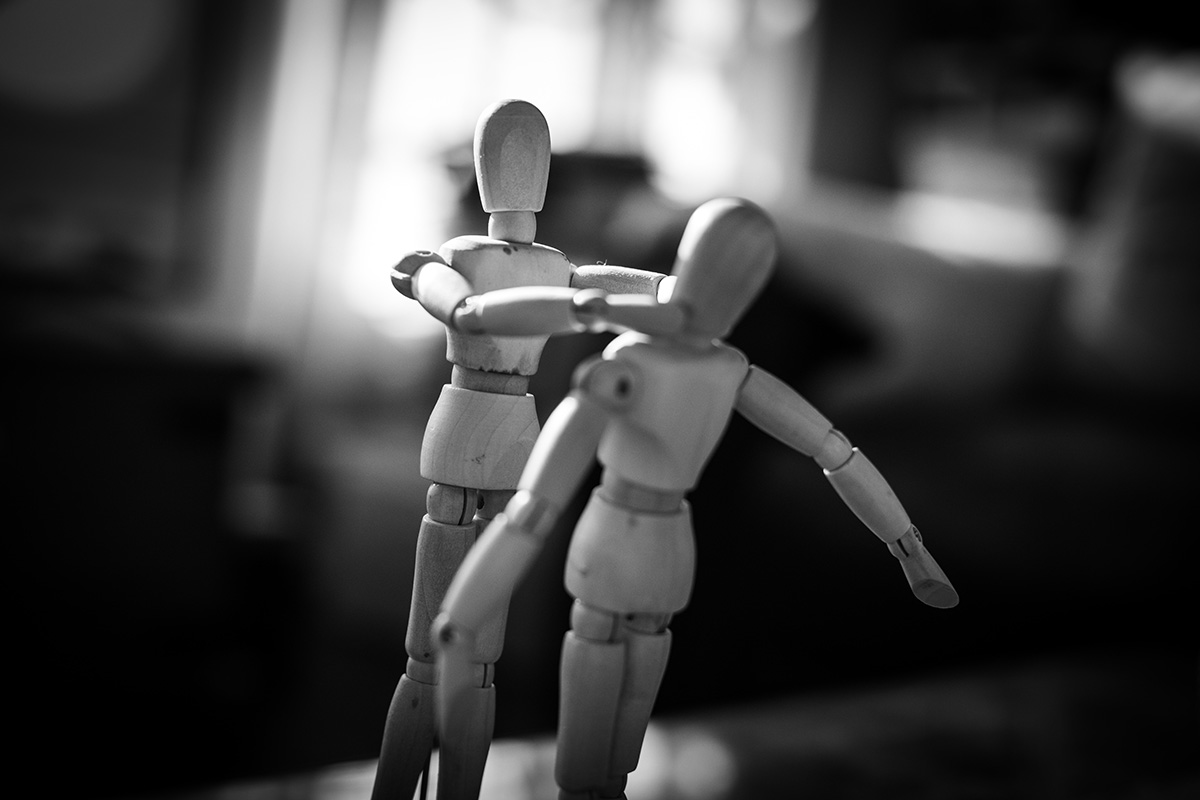Unhealthy Relationships and Attachment Issues
You may have noticed that a good number of our articles deal with attachment issues either directly or indirectly. This is because attachment is such a deep-rooted human need; and when it doesn’t develop in healthy ways in infancy and childhood, it negatively affects all aspects of our lives as adults. It is most obvious in unhealthy relationships where people hurt each other and/or allow others to hurt them on an ongoing basis. Why does this happen? And how can we help ourselves or others who are in unhealthy, even abusive, relationships? We look at these issues in today’s article by Teyhou Smyth. If the points in here trigger something in you, please feel free to contact the Centre to make an appointment to talk to a therapist. There is hope. You can be healthy and whole.
 Why do people who are being abused or mistreated by their partners stay in the relationship?
Why do people who are being abused or mistreated by their partners stay in the relationship?
There are a zillion reasons why people stay in unhealthy relationships, ranging from threats by the abuser to lack of financial or emotional resources. Sometimes additional factors keep people from leaving. Love. Attachment. Even a sense of responsibility or loyalty for their partner.
Trauma and Attachment
Traumatic attachment is complex and often does not make sense to outside observers. Frequently even the couple who is enmeshed in traumatic attachment feel confused and conflicted about it, often more than anyone else. With this type of bond, the maltreatment may be a familiar theme from childhood, reflecting early messages the mistreated person learned about their worth and value as a human.
Children who are raised in emotionally unhealthy environments of abuse, inconsistent care, neglect, or apathy frequently develop disordered attachment. Anxious and fearful-avoidant attachment styles reflect the insecurity of these early connections and tend to emerge in relationships throughout life.
People whose childhood experiences taught them that they are not worthy of love, respect, and consistent care may not register some of the early warning signs or trust their instinct about a potential mate. It is also easy for someone with insecure attachment to be swept up in the charming behaviours of a narcissistic partner or taken in by the neediness of someone with anxious attachment. Every relationship has a unique story.
The dynamics that keep people involved in an unhealthy relationship vary, but often it comes back to a cycle of disordered or traumatic attachment.
The Cycle of Traumatic Attachment
In abusive relationships, there is often a cycle that plays out again and again. Conflict between the partners escalates into impulsive or harmful behaviour. In the power struggle of that moment, someone engages in a violation of emotional or personal safety against the other person. The mistreated partner retreats. The abuser expresses remorse or regret, playing into the attachment needs of their partner.
The abused partner relents and stays in the relationship, hoping that this time their significant other will keep their promise and not treat them that way again. While this is an incredibly over-simplified version of a traumatic attachment cycle, it points to the general pattern of instability and power fluctuation, as well as the role of volatility and impulse-control issues in these types of relationships.
The quote “hurt people hurt people” is fitting here, because often both members of the relationship are struggling with old attachment wounds and triggering one another’s deepest fears of rejection, abandonment, and confirmation of being unlovable. Traumatic attachment and bonding are challenging to break out of because so much of these behaviours stem from pre-cognitive places.
Just as we do not choose how we are raised in infancy; we are not consciously aware of the ways our attractions and bonds with others are hard-wired. Familiarity is a powerful factor in relationships, and this is often a deeply subconscious factor rooted in our primal brains.
Finding Safety and Stability
People who find themselves stuck in an unhealthy or abusive relationship can get out, but it is a complicated process that often requires outside support. Abusive situations can be particularly challenging and may require the professional intervention of domestic violence programmes and police assistance.
If you or a loved one is leaving an unhealthy relationship, you may be surprised at the conflicted feelings that emerge. It is important to remember that feelings of guilt and being unsure about the decision are normal. These emotions are indicators of your level of investment in the relationship and how much you wanted it to work.
Try not to read into these conflicting emotions as signs that you should stay in an unsafe or unhealthy situation. It can be difficult to argue with our feelings, but sometimes they can mislead us, particularly when it comes to matters of attachment and maltreatment.
No matter what your attachment style is, or the specifics of your relationship, keep these truths in mind:
- Your safety needs to be your number one priority
- You are not responsible for healing anyone else’s trauma or attachment issues
- Leaving an unhealthy situation does not make you a quitter, it makes you a survivor
- Healing your pain and attachment wounds means showing up for yourself in times of need; making decisions that honour your own mental and physical health
Building healthy attachment starts in your relationship with yourself. Recognising your patterns of attachment in relationships and giving yourself permission and space to heal is an important factor in creating healthier connections.
[This blog post originally appeared on Teyhou’s website www.livingwithfinesse.com ~ some content may have been modified for the UK & Irish context.]
